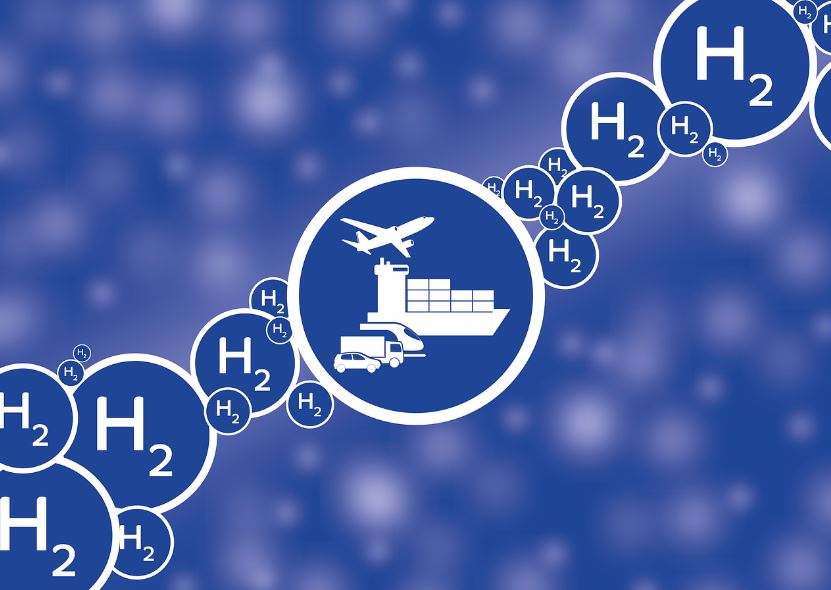The unveiling of the H2 Barge 2 at Holland Shipyard Group’s Werkendam facility has garnered attention from key stakeholders in the shipping industry.
The successful retrofit of this vessel, funded by the Flagships project and ZEM Ports NS project, represents a pivotal moment in the transition towards zero-emission waterborne transport.
The primary objective of the Flagships project is to revolutionize waterborne transport by pioneering zero-emission solutions. Through the deployment of vessels like the H2 Barge 2, the project aims to showcase the viability of hydrogen-powered propulsion systems and pave the way for widespread adoption across Europe’s waterways. Similarly, the ZEM Ports NS project focuses on facilitating the use of zero-emission fuels in ports and the maritime sector, emphasizing the crucial role of port infrastructure in supporting sustainable shipping practices.
The H2 Barge 2 exemplifies cutting-edge technology in the maritime sector, featuring a 100% emission-free propulsion system powered by PEM fuel cells and hydrogen storage. With a capacity to reduce 3,000 tonnes of CO2 annually while navigating the Rhine, this vessel sets a new standard for environmentally friendly transportation. Moreover, the successful retrofit of the H2 Barge 2 serves as a blueprint for transitioning existing diesel-powered vessels to zero-emission alternatives, thereby contributing to the reduction of greenhouse gas emissions in the shipping industry.
As the maritime industry continues its transition towards zero-emission technologies, initiatives like the Flagships project and ZEM Ports NS project are poised to shape the future of shipping. With ambitious goals of expanding zero-emission fleets and enhancing research and innovation in clean hydrogen applications, these projects underscore Europe’s commitment to sustainable development and environmental stewardship.
